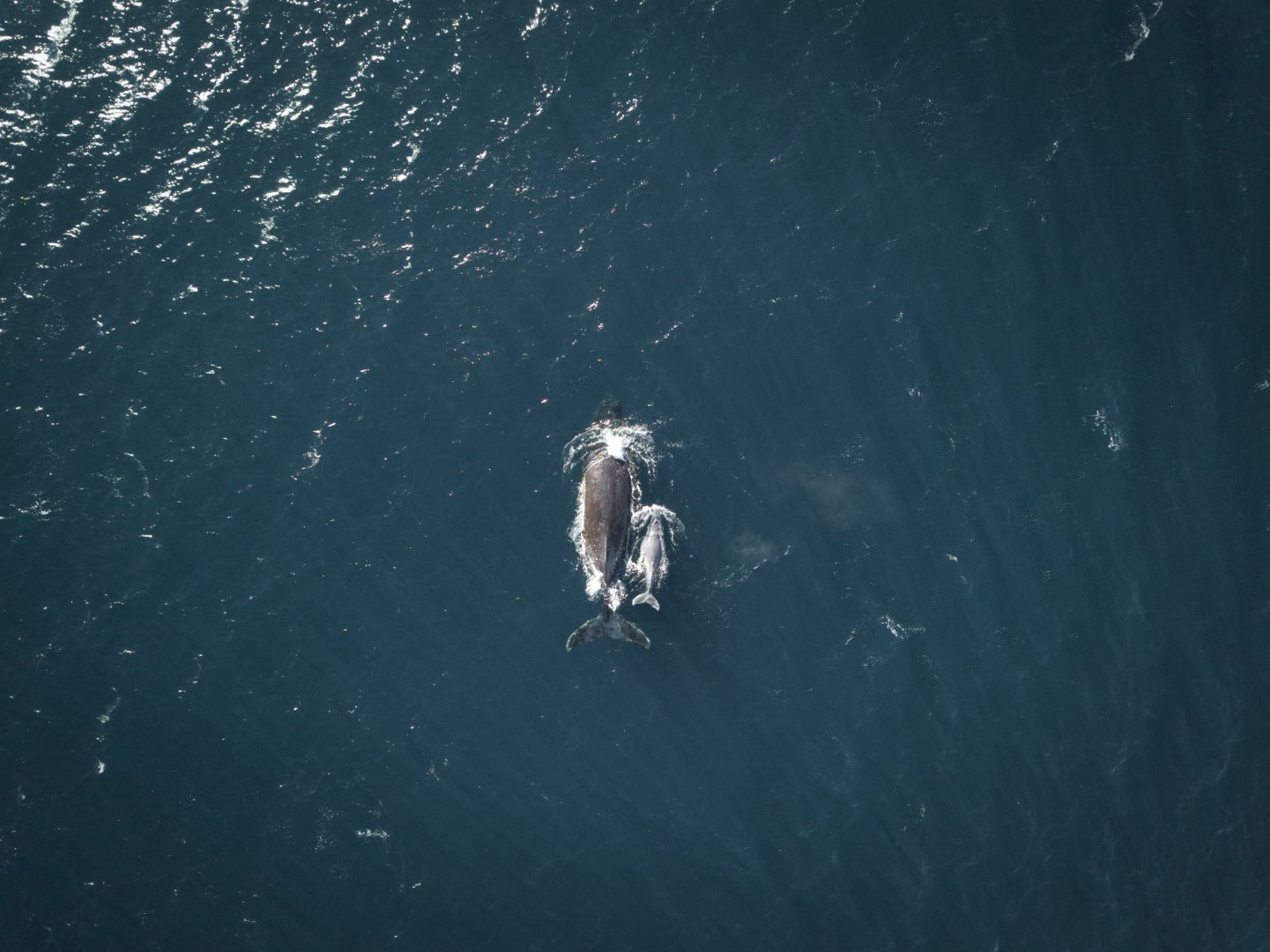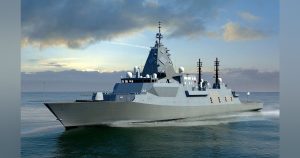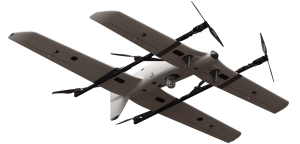How Long-Range Surveillance UAVs Are Revolutionizing and Reducing Costs in Maritime Surveillance
In maritime security and commercial operations, long-range unmanned aerial vehicles (UAVs) are transforming the landscape. Far from being mere futuristic concepts, these drones actively save lives, secure borders, counter smuggling, and significantly reduce operational costs for governments and businesses worldwide.
Let’s explore how these UAVs represent a financial and practical breakthrough for maritime surveillance and what this means for the future of oceanic observation.
Why Maritime Surveillance Is Expensive—and Why It Matters
Maritime surveillance involves a broad spectrum of activities: coastal border monitoring, illegal fishing tracking, smuggling and piracy detection, oil spill response, ship and offshore platform inspection, and search and rescue. Traditionally, these tasks demanded manned ships and patrol aircraft in perilous conditions, translating into high costs, human risk, and limited coverage.
Every extra hour in the air or at sea for helicopters, aircraft, or ships contributes significantly to expenses: fuel, maintenance, overtime, training, and insurance. For governments and maritime entities, these costs are substantial, but the stakes of border security, environmental safety, and human life are even higher.
Enter the Game Changer: Long-Range UAVs
Long-range UAVs, also known as endurance drones, have quickly become a viable solution to control these expenses while enhancing capabilities.
What makes them special?
- Autonomous, extended flight: UAVs can cover extensive distances for prolonged periods, surpassing the endurance of most crewed vehicles.
- Powerful sensors: With radar, thermal cameras, and other advanced imaging technologies, they deliver precise, real-time data.
- Remote control and automation: Pilots manage drones safely from land, often at great distances, with many missions pre-programmable, lessening the demand for intensive training.
- Multi-mission flexibility: UAVs efficiently handle diverse tasks, streamlining operations that previously required multiple teams and equipment.
Where the Savings Come From
1. Reduced Personnel and Training Costs
- No live pilot risk or continuous training required, as UAVs operate autonomously and land automatically.
- Smaller teams can oversee multiple drones, cutting labor costs significantly.
2. Fewer Aircraft Needed
- Less attrition and training loss due to fewer crashes and reduced equipment wear, thus lowering fleet maintenance and replacement demands.
3. Lower Maintenance and Operating Costs
- Drones are more cost-effective in fuel and maintenance compared to crewed aircraft and ships.
- They do not require complex life-support or safety systems, reducing upfront and ongoing costs.
4. Minimized Downtime
- Frequent and faster inspections minimize expensive downtimes in maritime and offshore operations.
- Accessibility to difficult areas without necessary expensive support infrastructure.
5. Larger Coverage, Fewer Assets
- Long-range drones can survey vast ocean areas efficiently in single sorties, reducing the need for multiple assets and extensive logistics.
- Drones network together for continuous monitoring with fewer resources.
Overall, studies show potential cost reductions up to 50% over traditional means, potentially saving billions in long-term deployments.
Real-World Applications—Not Just Theory
Border Security and Anti-Smuggling
Drones equipped with advanced sensors can track smuggling activities and unauthorized fishing, relaying live intelligence for rapid intervention.
Search and Rescue (SAR)
In emergencies, UAVs quickly locate wrecks or missing persons, enhancing response times and survival chances.
Environmental and Infrastructure Monitoring
UAVs efficiently detect oil spills, monitor wildlife, or inspect massive ships, offering safer, faster, and more economical solutions.
Routine Inspections
Regular drone inspections of offshore installations reduce the need for traditional, riskier methods.
What Makes a Good Maritime Surveillance UAV?
The most effective UAVs offer:
- Extended endurance and all-weather capability
- Diverse sensor payloads and secure communications
- Regulatory compliance for international operations
Compliance and Security Concerns
UAVs must adhere to regulations and ensure sensitive data protection, usually through encryption and secure communications.
Who’s Using These Drones—and Where?
- North America: Border patrol and anti-smuggling
- Europe: Environmental monitoring
- Asia-Pacific: Infrastructure inspections
- Global energy sector: Rapid response operations
Expert Tips for Those Considering UAV Adoption
- Begin with a focused cost-benefit analysis and pilot projects.
- Select UAVs aligned with mission requirements.
- Invest in training and maintenance protocols.
- Ensure efficient data management systems are in place.
- Collaborate internationally for greater effectiveness.
Case Study: Boreal’s Long-Range Maritime UAVs
The Boreal LAB UAV delivers extensive surveillance capabilities, providing real-time observation of illegal activities and environmental threats with minimal personnel.
Users have noted significant operational improvements and cost reductions compared to traditional aviation methods.
The Human Side: Transforming Dangerous Jobs Into Safer Work
Drones enhance safety, saving lives alongside costs. They augment human capacity, enabling professionals to focus on strategic tasks.
What’s Next? The Future of Low-Cost, High-Impact Maritime Surveillance
The evolution of UAV tech promises even greater efficiency with AI advancements and possible swarm implementations, lowering logistics costs and enhancing safety measures across oceanic protection domains.
In summary, UAVs are reshaping maritime surveillance, making it more cost-effective, safer, and smarter. Their role in border and environmental protection signifies a milestone for sustainable ocean stewardship accessible to all stakeholders.













